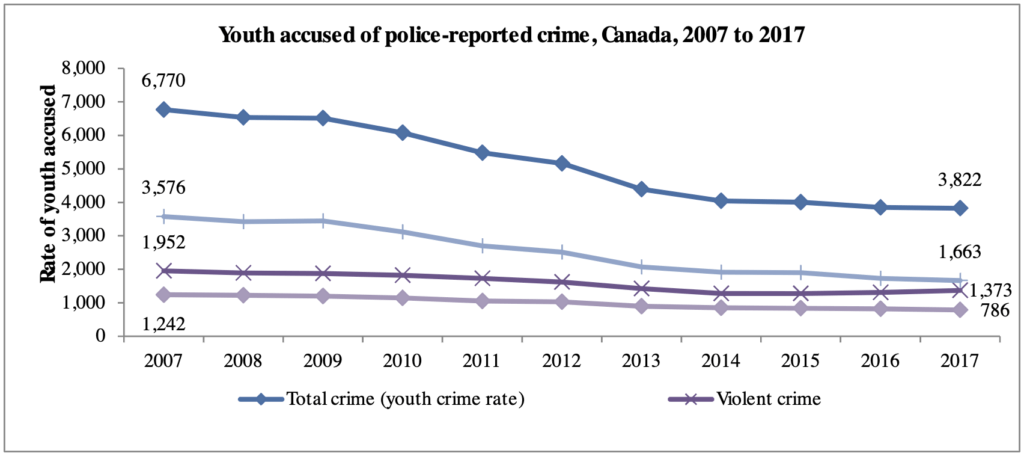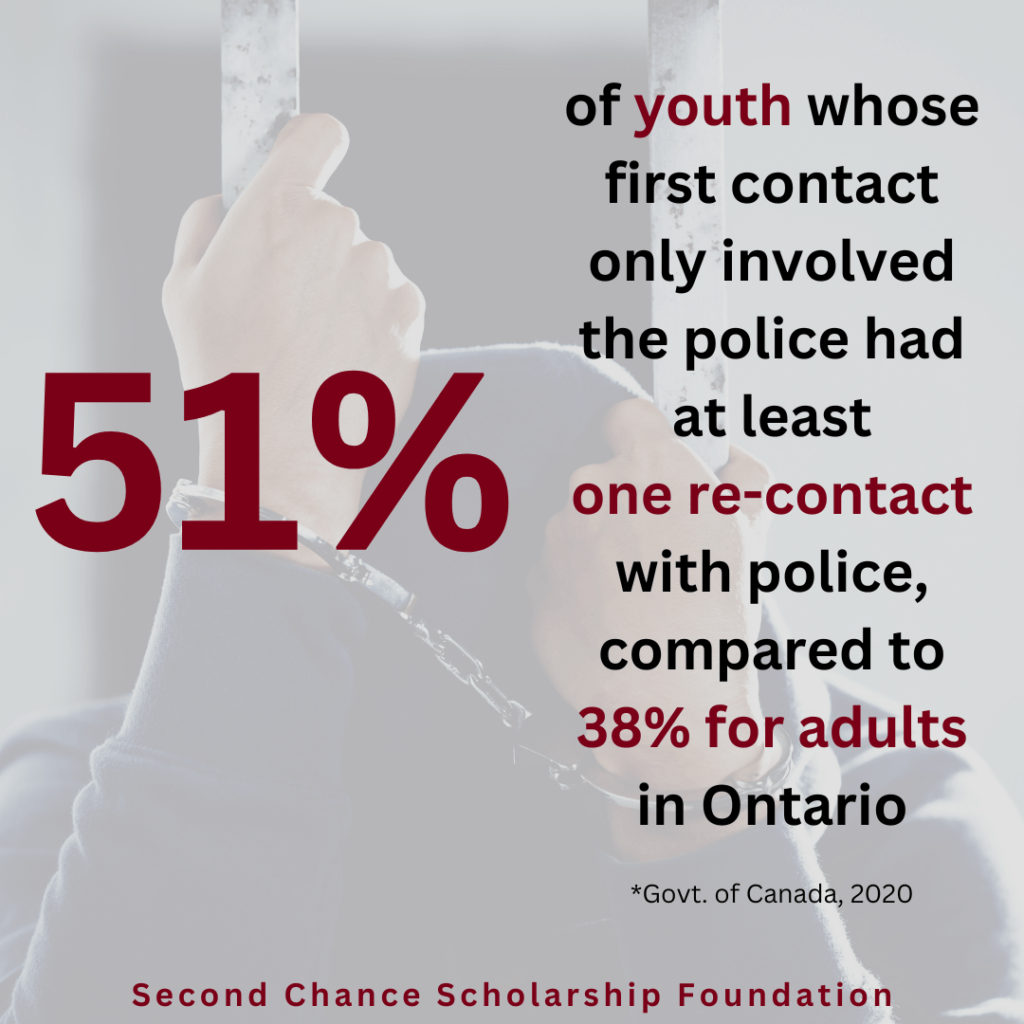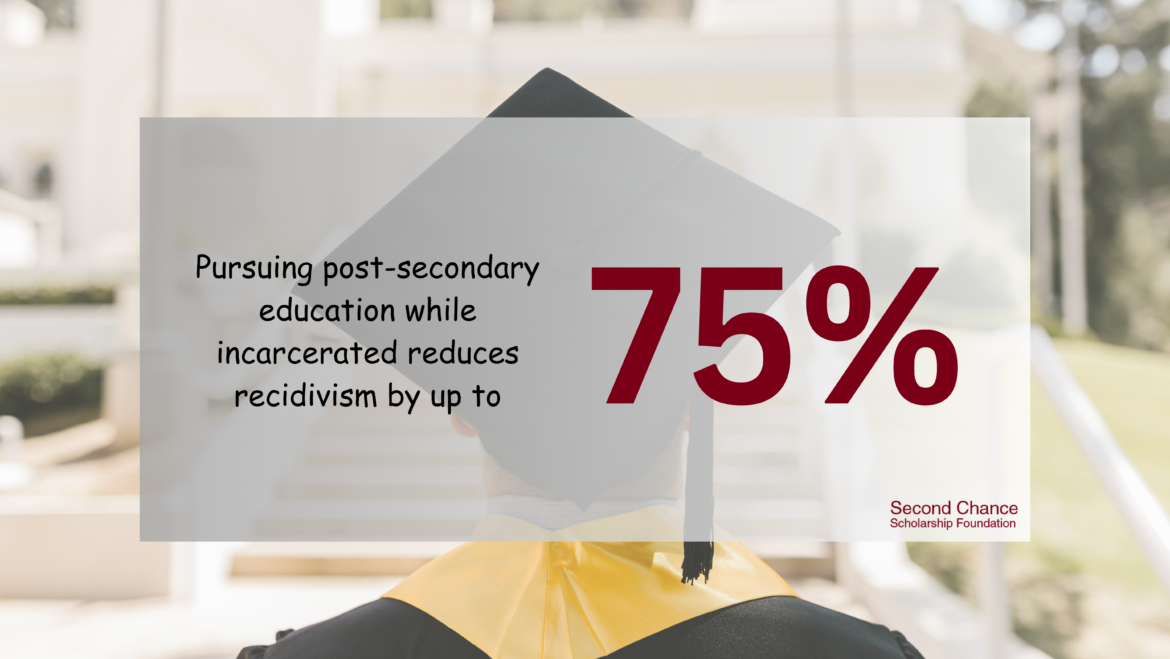Incarceration increases youth recidivism and education can help!
Several studies have found that incarceration increases youth recidivism. In several US states, 80% of incarcerated youth are rearrested within 3 years of release. Besides the impact of incarceration on youth, reforming lives after coming out of the system is not easy. Often, society does not accept these individuals. What follows is the inability to meet basic needs and usually re-entry into the justice system.
Since 2010, the rate of youth incarceration in Canada has significantly declined. Yet, youth recidivism is common among those incarcerated. Moreover recidivism is more common among youth, compared to adults, across Canadian provinces. Let’s have a look at some statistics from the country.
Staggering Statistics from Canada

Recidivism in the Criminal Justice System report from 2020, by the Government of Canada revealed some astonishing facts about youth recidivism. In Nova Scotia, 77% of the youth who went through courts had re-contact with police and the justice system within 2 years. In Saskatchewan, 58% of the youth had re-contact if their initial contact was just with the police. 61% of those who went through courts had re-contact. This is compared to 66% in the former case and 50% adults in the latter. In Ontario as well, youth recidivism is more common than recidivism among adults. 77% of incarcerated youth had re-contact with the police, compared to 60% adults.
Across provinces, if the first contact is only with the police, re-contact rates are lower. It is enough to say that incarceration is not the best solution. In fact, youth incarceration may be a cause for increased youth recidivism.

According to a report by the Department of Justice in Canada, youth accused of police-reported crime have significantly declined from 2007 to 2017. But even in 2007, the rate of violent crime was significantly lower than the total youth crime rate. Risky behaviour and not abiding by law is more common during adolescence. It is because the brain fully matures by the age of 25. Delinquency and psychological maturity are related. Incarceration hinders active brain development. This explains the high rate of youth recidivism. Alternative correctional measures are not only cheaper but probably more effective.
Education can help reduce youth recidivism!
Multiple studies have demonstrated that education leads to a reduction in youth recidivism rates, with engagement in post-secondary education showing a significant decrease of up to 75%. The Second Chance Scholarship Foundation’s success stories are testament to this fact –
Growing up in Toronto Community Housing I remember being angry that my family didn’t have more. When I was younger I acted out in school and did things that I’m not particularly proud of but being able to go to university has given me a new perspective on myself and the world. I’m applying to law school this year because I want to develop programs and policy for youth from low income communities. I think I have a unique understanding of what it really means to be an “at-risk” youth. Receiving this scholarship has inspired me to work harder. It’s really encouraging to know that someone believed in my potential so much that they made this investment in me and I have every intention of making sure they see a return on their investment. – G.A.
You can help reduce youth recidivism by joining the foundation’s efforts. Donate today to make a difference.
Subscribe for more updates from the blog.


1 Comment
Education can change lives indeed!
Add Comment